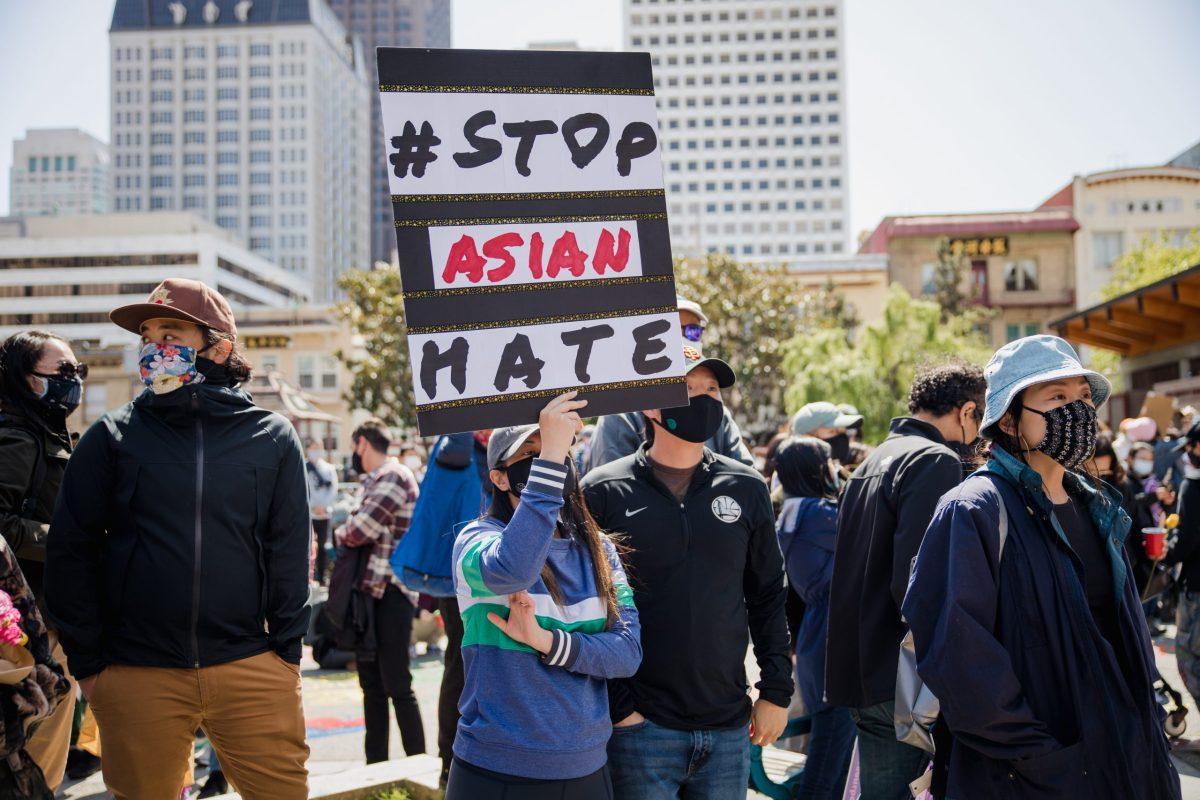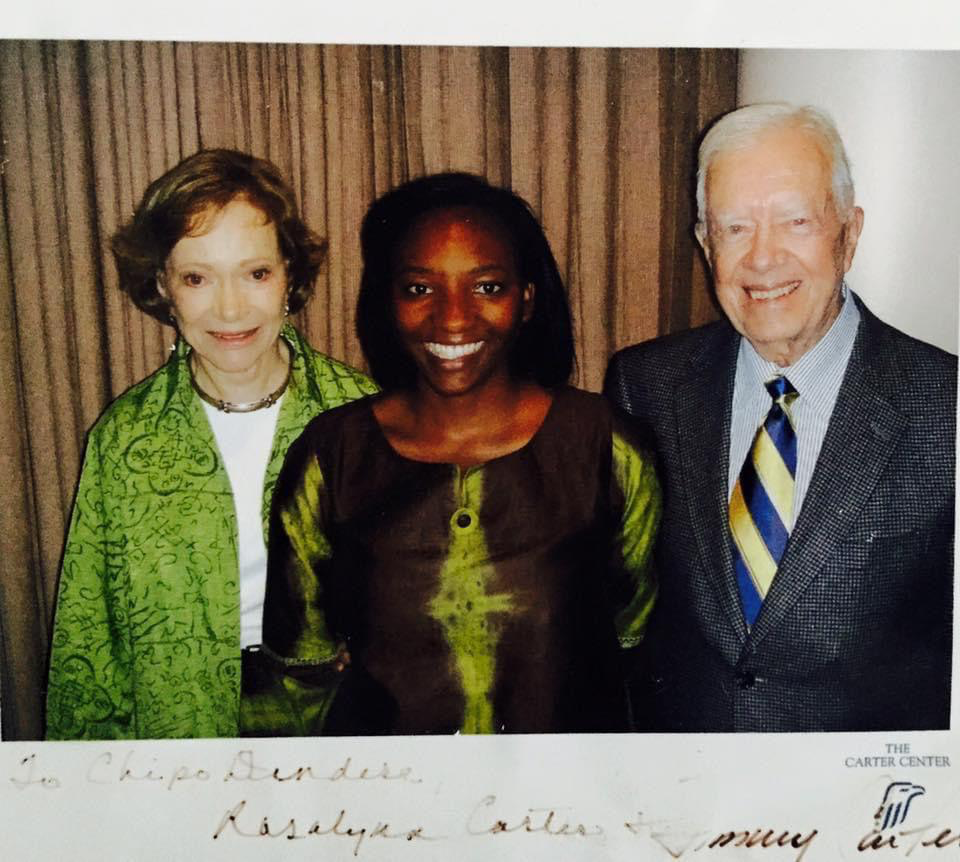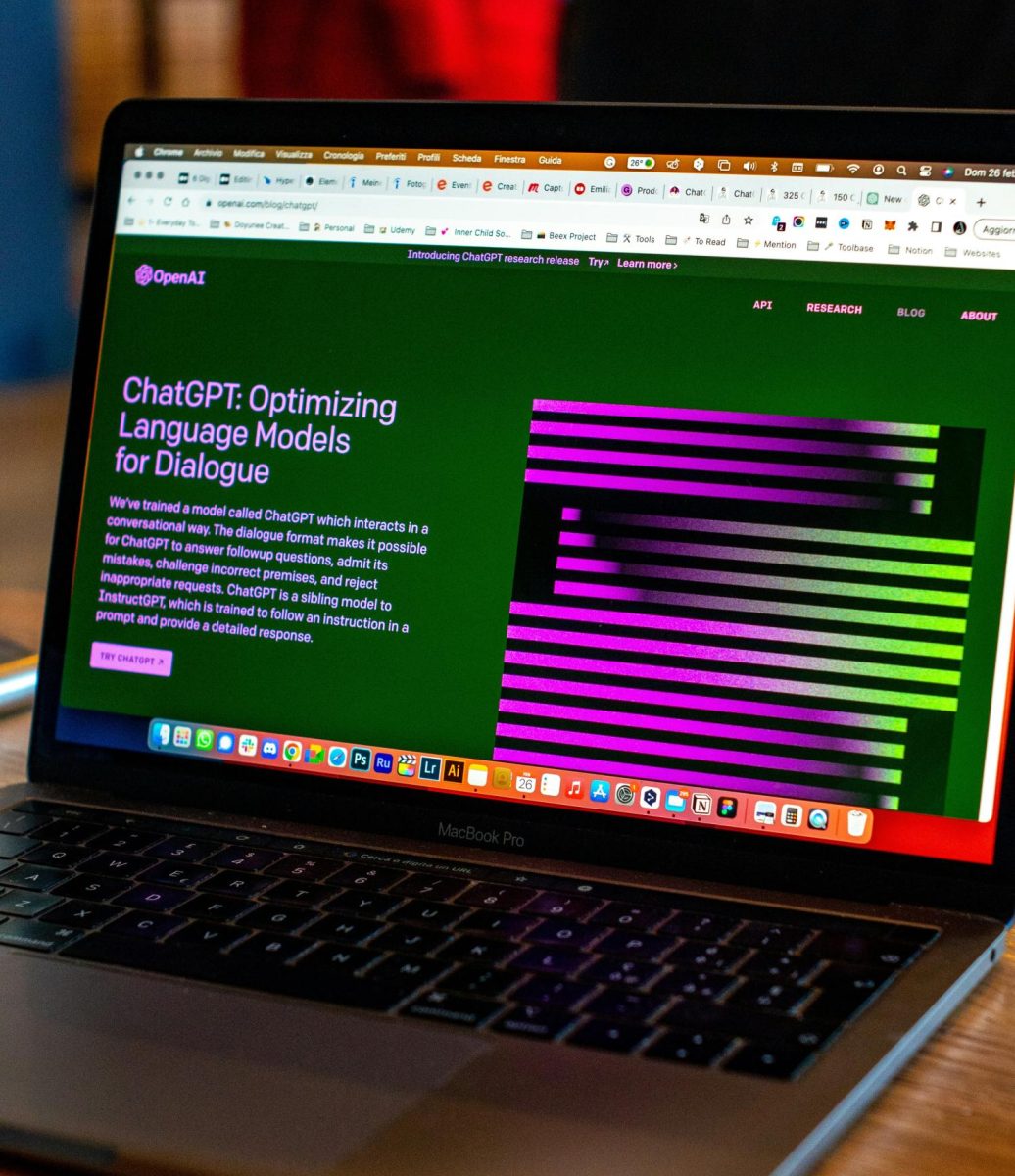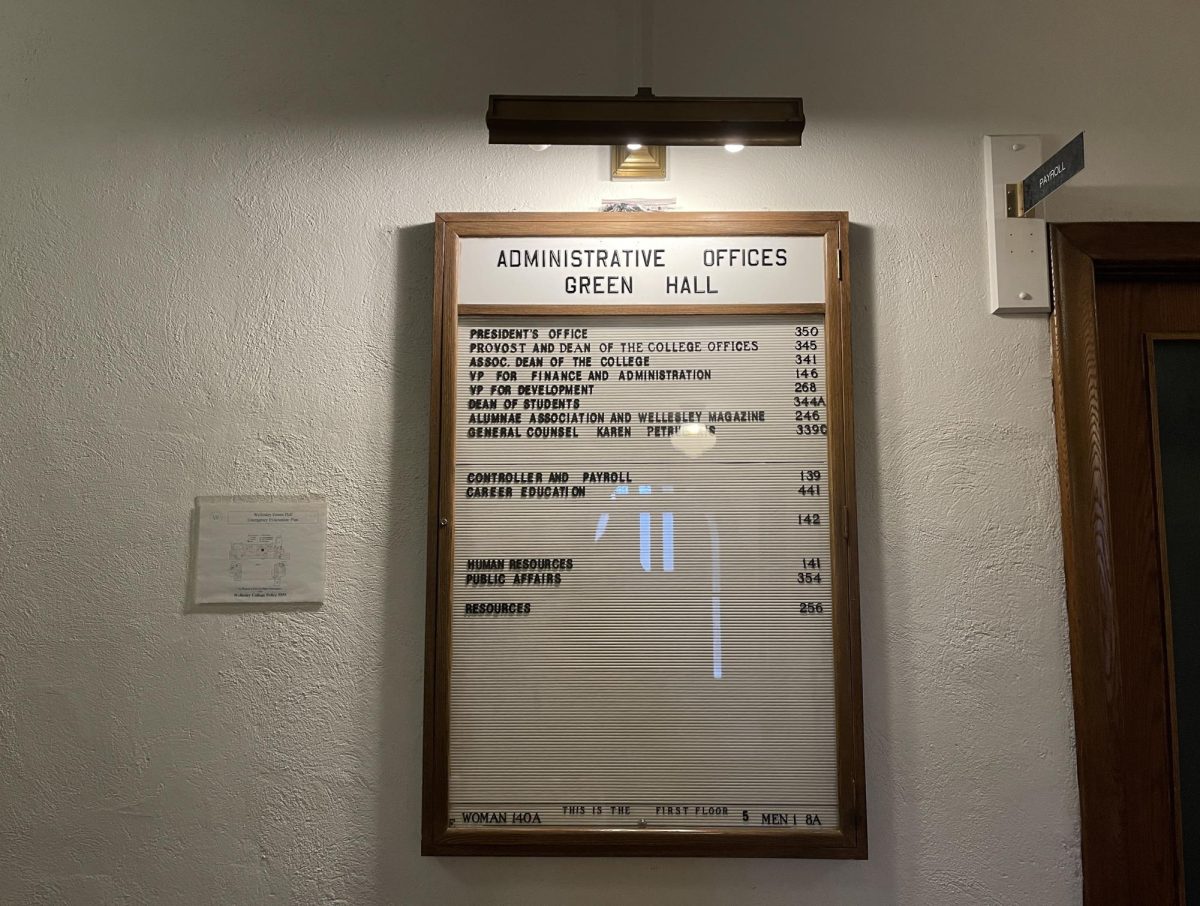I had some bad days.
In 10th grade, the class laughed after my English teacher pointed at me: “Listen to her oriental accent. She can’t pronounce things right!” I told a South Asian classmate that I felt uncomfortable. He said I was overreacting over a joke.
When I was 16, standing in the cafeteria with my Asian friend, an upperclassman approached us and said, “Go back to your country, Chinese.” The crowd was watching. Some smiled along.
February 2020, I was called to the office for a coronavirus joke which I clarified was a joke immediately after making it. The principal suggested: “I don’t need an Asian student to spread rumors and cause panic.” Five minutes before, I was told by a classmate near the principal’s door: “Leave. You have the virus!”
I was advised to remain silent, otherwise I would be targeted for “overdramatic” reactions. On many of these days experiencing humiliation, confusion and shock, I didn’t know how to act. But last week, I learned another way to deal with a bad day.
On March 16, Robert Long, a 21-year-old extremist, committed hate crimes toward Asians in Atlanta, resulting in eight deaths. Clearly, the incentive was racial — according to a surviving witness, reported in Chosun Ilbo, a top South Korean newspaper, the shooter said: “I’m going to kill all Asians.” Later, he explained that he attacked the victims because Asian women tempted his sex addiction, which Sheriff Jay Baker justified later: “Yesterday was a bad day for him.” It was a bad day for Asians, minorities, any sympathetic person and, ironically, a racist terrorist.
Since the pandemic, hate crimes toward Asian Americans have increased by 1900%. The mass shooting has finally raised social attention to the issue, where many have called for justice and the end of Asian hate. However, multiple officials and mainstream media have avoided admitting the massacre was aimed at a specific race by stating that the motive was unclear, tolerating racist behaviors and leading us to ponder: when did racism and xenophobia toward Asians intensify? And why is it consistently neglected and normalized? The answer is an oppressive history, traditional Asian values and misinformation caused by the model minority myth and xenophobic propaganda.
The systemic racism and the lack of Asian representation have prevented discrimination from being noticed and challenged. On labor exploitation, after the Civil War, Asians — mostly from South American plantations — were imported to slave owners as substitute cheap labor for freed African Americans. The transcontinental railroad construction used around 20,000 Chinese laborers, yet white workers were paid twice as much as minorities and accommodated in train cars while Asians were required to live in tents outdoors.
Asian hate crimes are never news. People v. Hall (1854) ruled that Asians could not testify against white people in court, allowing white people to escape punishment for anti-Asian violence. In the case, George Hall murdered an Asian immigrant. The testimony was rejected because the witnesses were also Asian. In the Chinese Massacre of 1871, 500 whites attacked the Old Chinatown and killed approximately 10% of the Chinese population in Los Angeles. In the Rock Springs Massacre of 1885, Asian miners’ households were destroyed by white workers, resulting in at least 28 deaths. The 16 arrested suspects were released for insufficient evidence.
Legally, the unequal treatment of Asian Americans extends far back. After a law in 1790 limited naturalization to only “free white persons,” the Chinese Exclusion Act of 1882 became the first law to prevent one particular ethnicity and nationality from immigration, along with similar laws prohibiting Asian migrants from entering the States. The Act was not lifted until 1943, when leaders from the Republic of China visited the US to seek an alliance in WWII. The ROC’s First Lady Soong May-ling — a Wellesley alumna — delivered a speech in Congress that contributed to the repealing of the Act and Asian descent citizenship ban. Yet, Asian equality did not follow immediately after removing the law; federal policy barred immigrants of Asian descent from becoming citizens and denying their eligibility to vote until 1952. Even after that, Asian participation in politics has remained discouraged. In 2004, a Vietnamese candidate was targeted by the losing incumbent in Alabama: “If they couldn’t speak good English, they possibly weren’t American citizens.” In 2005, a South Asian candidate was mocked by the opponent in Florida: “I don’t want an Indian in my government.” Multiple cases on non-English speaking voter discrimination have been reported over time.
However, making up only 5.85% of the US population — so far the highest in history — Asian voices are largely unheard because a small population can take only limited actions to raise public attention to the negative encounters they experience.
Culturally, older generations’ values of modesty and tolerance have contributed to the creation of stereotypes and encouraged attacks toward Asians, especially senior immigrants who are physically disadvantaged and unable to communicate in fluent English. The idea that in order to succeed and live peacefully, one should not complain or raise attention but rather internalize suffering has influenced many Asian migrants, especially after being affected by wars and upheavals like the Vietnam War and the Chinese Civil War in the past century. Coming from a Chinese-Korean family, even when writing this article, my parents tried to stop me from “getting into unnecessary troubles” from the critiques I make. However, silence and trauma are only continuously harming the community.
In terms of misinformation, the model minority myth elevates long-term interracial opposition and drives potential minority allies away. Constantly being used as the majority’s example of successfully fitting into America, the model minority myth is used to falsely justify the system’s discriminatory journey towards a higher socioeconomic status and to accuse other minorities of their struggles originating from incapability and laziness. On one hand, part of the Asian community agrees with such propaganda, believing that imitating white people in terms of values, behaviors and dress could help them be accepted by society. As a result, minorities may become prejudiced toward Asians, holding reluctant attitudes in communicating with Asian Americans and finding solidarity as the victims of systemic racism.
Xenophobia promoted by the government and media, especially sinophobia, has implanted negative impressions associated with Asians. Asian scholars and students are scrutinized over concerns of contact with their home countries, a similar logic which underlay the creation of the Japanese internment camps in the 1940s. Particularly, Trump was a major force in inciting and exacerbating Asian hate. As early as 2018, he implied all Chinese students are spies. His many racist tweets, statements and policies misled a large uninformed population. Moreover, in September 2020, Trump revoked over 1,000 Chinese student visas in the name of national security. Meanwhile, the left and right media has espoused anti-Chinese perspectives, ignoring potential room for mutual understanding and leading to current problems. From live media’s intentional defamation for political interests such as FOX during the presidential election, to articles like “The Chinese Threat to American Speech” published in The New York Times and “China’s Long Arm Reaches Into American Campuses” published in Foreign Policy — none of these media outlets are innocent.
From Chinese Exclusion Act to the Atlanta shooting, we see similar cases of neglected oppression, long-existing racism and xenophobia and the urgency to tackle the issues. If now, we inform ourselves and understand Asians’ current suffering and its origins; if now, we speak up and fight to protect, support and empower the community — one day, we will no longer worry about racist speeches in school, witness seniors being beaten up in the street or hear about women losing breath in the bloodshed.
And one day, regardless of our age, race or gender, we can all have a great day.




